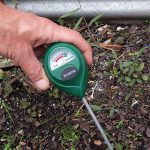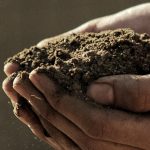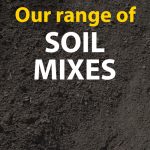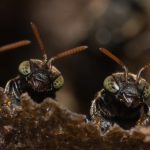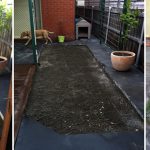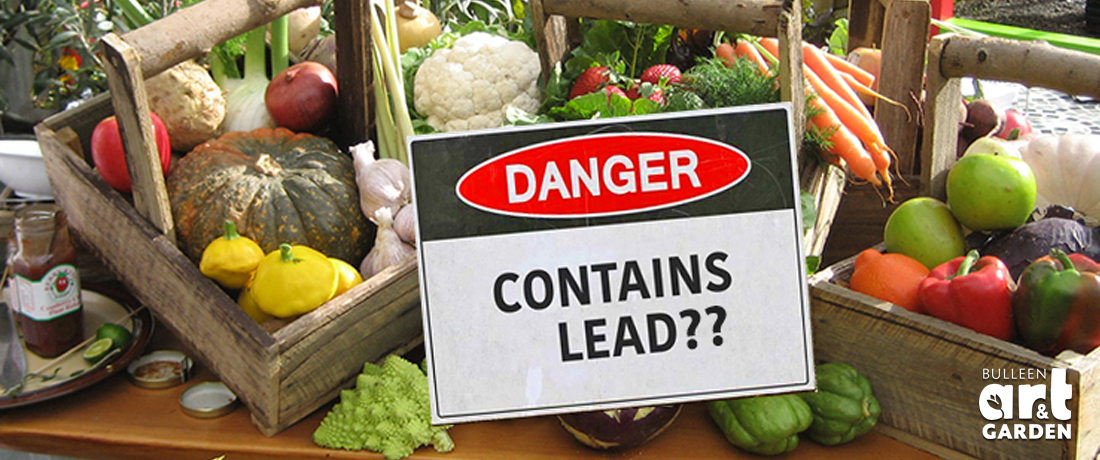
We are frequently asked about soil contamination by customers wanting to grow their own food. Soil in household gardens can sometimes contain elevated, unsafe levels of lead, arsenic and cadmium. This is something everyone should be concerned about, but it becomes even more important when you are planning to grow your own herbs, fruit and vegies as the toxins are taken up by the roots and ingested. There are quite a few factors that can increase the chance your soil is contaminated; such as the volume of traffic around your house, the level of industry nearby (both now and in the past) and whether lead paint has been used around your house.
Soil testing can be an expensive business. A comprehensive test of your garden at a soils laboratory can cost anywhere from $500 to $1000 (depending on how many samples require testing). The high cost often deters people from investigating further, which is where GardenSafe can help!
GardenSafe – Affordable soil testing
GardenSafe is a citizen science program by the Environment Protection Authority Victoria. GardenSafe is a soil testing program run by the Citizen Science team at Environment Protection Authority (EPA) Victoria. The one-year pilot aims to equip community with the knowledge and resources they need to understand their backyard soil quality. GardenSafe invites Victorians to send 3 garden soil samples for screening assessment. Each sample will be screened for Garden soil quality indicators, including soil composition, organic carbon, and soil nutrients phosphorus and potassium as well as Trace elements, including lead, arsenic and chromium.
In return, you will receive a personalised report with the screening results from your garden. They will also provide you with tools to understand your results and guidance on ways to reduce harm from pollution and waste. There is no cost to participate in GardenSafe, other than the postage to mail your soil samples to them.
All the info you need to get started can be found at https://www.360dustanalysis.com/gardensafe
What next?
If you do find that your soil contains unsafe contaminant levels, don’t despair! There are still options available for you to grow your own food.
- Completely remove the top layer of soil and replace it. This can be costly, but you may feel it is worth doing for the peace of mind. The amount you would need to remove would vary depending on your situation and the test results.
- Install raised garden beds.
- Grow your produce in pots.
- Apply for a plot in a community garden.

